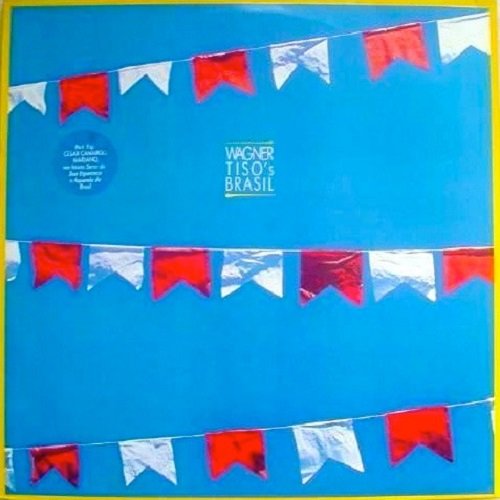Filippo Rogai - The Living Flute (2024)
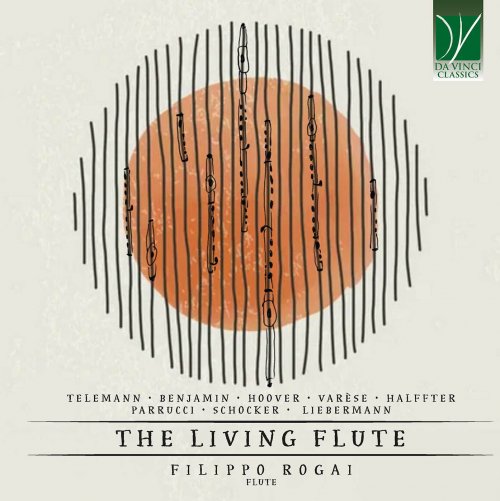
Artist: Filippo Rogai
Title: The Living Flute
Year Of Release: 2024
Label: Da Vinci Classics
Genre: Classical Flute
Quality: flac lossless (tracks)
Total Time: 01:09:04
Total Size: 305 mb
WebSite: Album Preview
TracklistTitle: The Living Flute
Year Of Release: 2024
Label: Da Vinci Classics
Genre: Classical Flute
Quality: flac lossless (tracks)
Total Time: 01:09:04
Total Size: 305 mb
WebSite: Album Preview
01. From 12 Fantasies for solo flute (Provided of introduction and cadenzas by Riccardo Parrucci)
02. Flight
03. Kokopeli
04. Density 21.5
05. Debla
06. Frog flute(s)
07. Blip Blip Blip
08. Soliloquy
09. sCadenze
The focus of this work is craftsmanship and the unity of making music as an alternative to specialization, which today forces the separation of activities and skills. Making music in the sense of composing, performing, and recording it, following a rigorous and professional process, and avoiding compartmentalization. Thus, Riccardo Parrucci, a musician and flutist, appears in the finished work as a composer, sound technician, and advisor on certain executive and interpretative choices. Filippo Rogai, who selected the pieces, fulfills his role as a performer without renouncing his involvement in Parrucci’s compositional process. The synergy between the two creates a continuum of ideas, suggestions, and images that accompany the listener through the various pieces, whose performing order has been the subject of reflection and elaboration, beyond the more customary chronological intent.
The CD was produced over an extended period, but this did not affect the unity of the work: these are live recordings from 2017 to 2023, made during Filippo Rogai’s concerts. The first track is a selection from Telemann’s “12 Fantasies,” based on a harmonic criterion; each Fantasy is introduced and linked to the others by Parrucci with short original compositions in a contemporary style, where Parrucci’s jazz vein is mixed with quotes from the major flute repertoire.
The listening journey alternates between almost classical pieces like “Density 21.5” by Varèse, the first composition in flute history to include percussive effects, and pieces by living authors representing a niche of virtuosic creativity straddling the Old and New Worlds. From George Benjamin’s conceptual “Flight” to Gary Schocker’s neobaroque “Blip Blip Blip,” through Katherine Hoover’s “Kokopeli,” which refers to myths and sounds of Native Americans, to Cristóbal Halffter’s hypnotic “Debla,” which reappropriates the sounds of Andalusian folklore, contrasts with Lowell Liebermann’s visionary “Soliloquy,” which evokes nocturnal urban landscapes.
Finally, the original compositions of Riccardo Parrucci, “FRrog” and “sCadenze,” both dedicated to Rogai, were born from substantially different inventiveness. “FRog” is an explicitly desired project – as also evident from the title of the composition – where the dedicatee (perhaps amphibious in features?) is clearly present, albeit acronymically. “sCadenze,” on the contrary, is almost an unexpected event: the piece was built around the same short connecting compositions used to enrich the Telemann Fantasies from the first track. However, there is a significant inversion, likely representing contemporary times: while initially the short Cadenzas connect the Fantasies, now in “sCadenze,” it’s the Telemann Fantasies – briefly quoted – that connect the Cadenzas. Parrucci’s insertion of an extra “s” in “sCadenze” conveys a considerable dose of self-irony: “sCadenze” (meaning “deadlines” in Italian) as something imperative to fulfill, a creative urgency that suddenly arises and must absolutely be met, but also a privative “s,” downscaling the pretensions and seriousness of the composition while simultaneously increasing its value. Thus, a decomposition of roles and their reconstruction in reverse occurs: what was secondary becomes central and vice versa, thereby closing the listening circle, in a sense returning exactly to where it began, not with the initial naivety but with the awareness that the only important thing is to be serious without taking oneself too seriously.
The biographical excursus necessarily begins with Georg Philipp Telemann (1681-1767), a German Baroque composer known for his extraordinary output and versatility. Born in Magdeburg, he studied law in Leipzig but his true passion was music. Telemann held various musical positions in Leipzig and Frankfurt, developing a wide range of musical influences through his travels in Europe. He had a remarkably successful career, becoming one of the most celebrated composers of his time. His “12 Fantasies for Solo Flute,” written around 1727, are a collection of pieces where each fantasy presents a variety of movements free from a predefined form.
George Benjamin (born 1960) is a London-based composer and conductor. As a young man, Benjamin demonstrated significant musical talent, leading him to become a student of Olivier Messiaen at the Paris Conservatory. Currently a professor of composition at the Royal College of Music in London, he is also active as a conductor, regularly leading the London Sinfonietta. “Flight” for solo flute, composed in 1979, is one of his notable chamber works. This piece is a full-fledged part of the major flute repertoire, although it is rarely performed due to its transcendentally challenging execution. Glissandi, flutter-tonguing, and extreme dynamics in the instrument’s extreme registers make the composition a kaleidoscope of colors and contrasts within a clearly atonal harmonic structure.
Katherine Hoover (1937-2018) was an American composer and flutist, a prominent figure in the North American music scene, recognized for her original contribution to flute music. Her output includes several compositions for flute, orchestra, and chamber music, often inspired by nature and the culture of Native Americans. One of her most famous pieces is “Kokopeli” for solo flute, composed in 1990. The title refers to a mythological figure in the Hopi indigenous American people’s tradition. Kokopeli is often depicted as a wandering flute player, a symbol of fertility, music, and free spirit.
Edgard Varèse (1883-1965) was a significant Franco-American composer of the 20th century. Considered a pioneer of electronic music and experimental music, he left an indelible mark in the world of composition with his innovative approach to music. One of his most famous works is “Density 21.5,” written in 1936 for solo flute. This composition was dedicated to the renowned flutist Georges Barrère, who debuted his platinum flute, with the piece named after the density of platinum, 21.5. Varèse’s choice of this title demonstrates his interest in science and physics, aspects he often integrated into his works. “Density 21.5” is an extraordinary piece that challenged conventions and the musical aesthetics of the time, becoming a milestone in the instrument’s repertoire.
Cristóbal Halffter Jiménez-Encina (1930–2021) was an internationally renowned Spanish composer. Born in Madrid into a family of musicians, Halffter grew up in an environment rich in musical and cultural traditions. His uncle Ernesto and father Rodolfo were established composers, and this familial environment deeply influenced Cristóbal’s artistic development. Halffter began his musical studies at the Madrid Conservatory and later honed his skills in Frankfurt and Darmstadt, Germany, where he was exposed to the musical avant-gardes of the time. “Debla” for solo flute, composed in 1980 at the request of Hans Werner Henze for performance at the Montepulciano Festival by the composer’s daughter, Maria, is an eloquent example of his ability to combine elements of Spanish tradition with contemporary avant-garde. “Debla” stands out for its dense writing full of difficulties, exploring all the expressive possibilities of the flute, including through the use of extended techniques. The main recurring elements – referring to Andalusian folklore – are the use of quarter tones and the alternation of slow, static moments with rhythmic and intensely virtuosic ones.
Gary Schocker (born 1959) is an American composer, flutist, and pianist. He studied at the Juilliard School and subsequently began his career as a flutist. Over the years, he has gained recognition both as a performer and as a composer. Schocker has written numerous compositions for the flute, both solo and in various ensembles: among them is “Blip, blip, blip,” composed in 1996. This piece is an example of his ability to combine the classical tradition – or even for certain formal choices neobaroque – with a contemporary alphabet. “Blip, blip, blip” is a lively and energetic composition that challenges the flutist’s abilities: the title itself might suggest an intermittent sound or a brief, rapid acoustic signal, and Schocker’s music reflects this idea through its dynamic and playful writing.
Lowell Liebermann (born 1961) is an American composer and pianist from New York City. He studied at the Curtis Institute of Music and the Juilliard School. From a young age, Liebermann showed exceptional talent both as a pianist and a composer. His compositional career spans a variety of genres, including orchestral, chamber, and vocal music. One of his numerous compositions for flute is “Soliloquy,” written in 1989. This piece reflects Liebermann’s distinctive style, blending traditional elements with a postmodern musical language, without veering into experimentalism. In addition to his compositional work, Lowell Liebermann has also been successful as a pianist, performing worldwide. He has received numerous awards and accolades for his contributions to contemporary music and the international music scene.
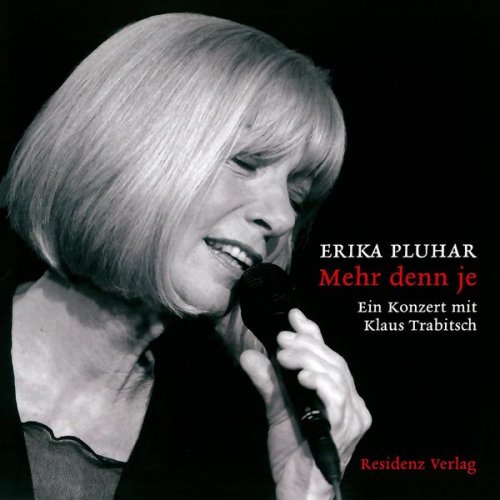
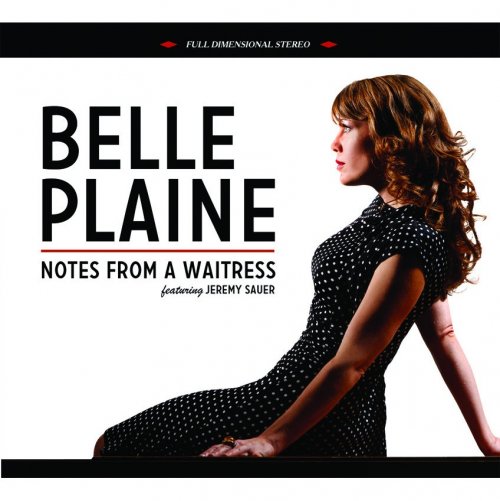


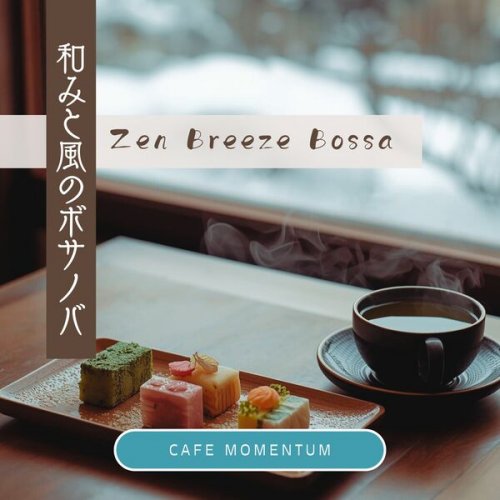
![Juliet Wood - Sconsolato (2019) [Hi-Res] Juliet Wood - Sconsolato (2019) [Hi-Res]](https://www.dibpic.com/uploads/posts/2025-12/1766736740_xoygz7sftgiab_600.jpg)

![Turma da Gafieira - Samba Em Hi-Fi (2022) [Hi-Res] Turma da Gafieira - Samba Em Hi-Fi (2022) [Hi-Res]](https://img.israbox.com/img/2025-12/25/uoi60ek915jn9jylif45ufqxd.jpg)
